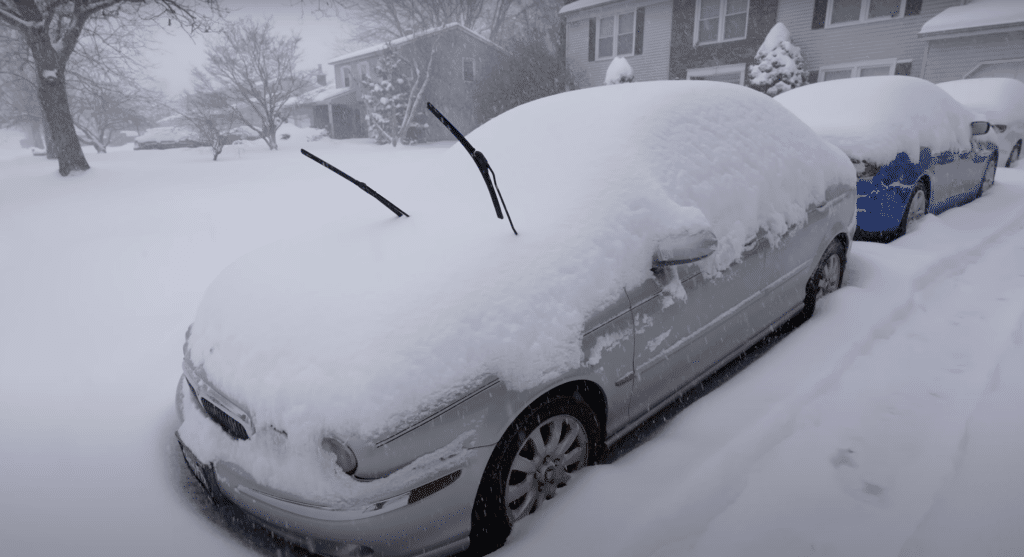Waking up on a frosty winter morning to discover your car’s windshield covered in thick ice is a frustrating experience many drivers know all too well.
Not only does it delay your morning routine, but attempting to drive with an icy windshield is extremely dangerous. It compromises your visibility and puts you and others at risk on the road.
Many people struggle to eliminate ice on the windshield effectively and efficiently.
Fortunately, there are several methods to remove ice from your windshield so you can start your day without the hassle and hit the road with a clear view.
In this article, we’ll explore eight proven techniques explaining how to get rid of ice on windshields and make those frosty mornings a little more manageable.
8 Effective Techniques to Remove the Ice from Windshield
1. Harness the Heat
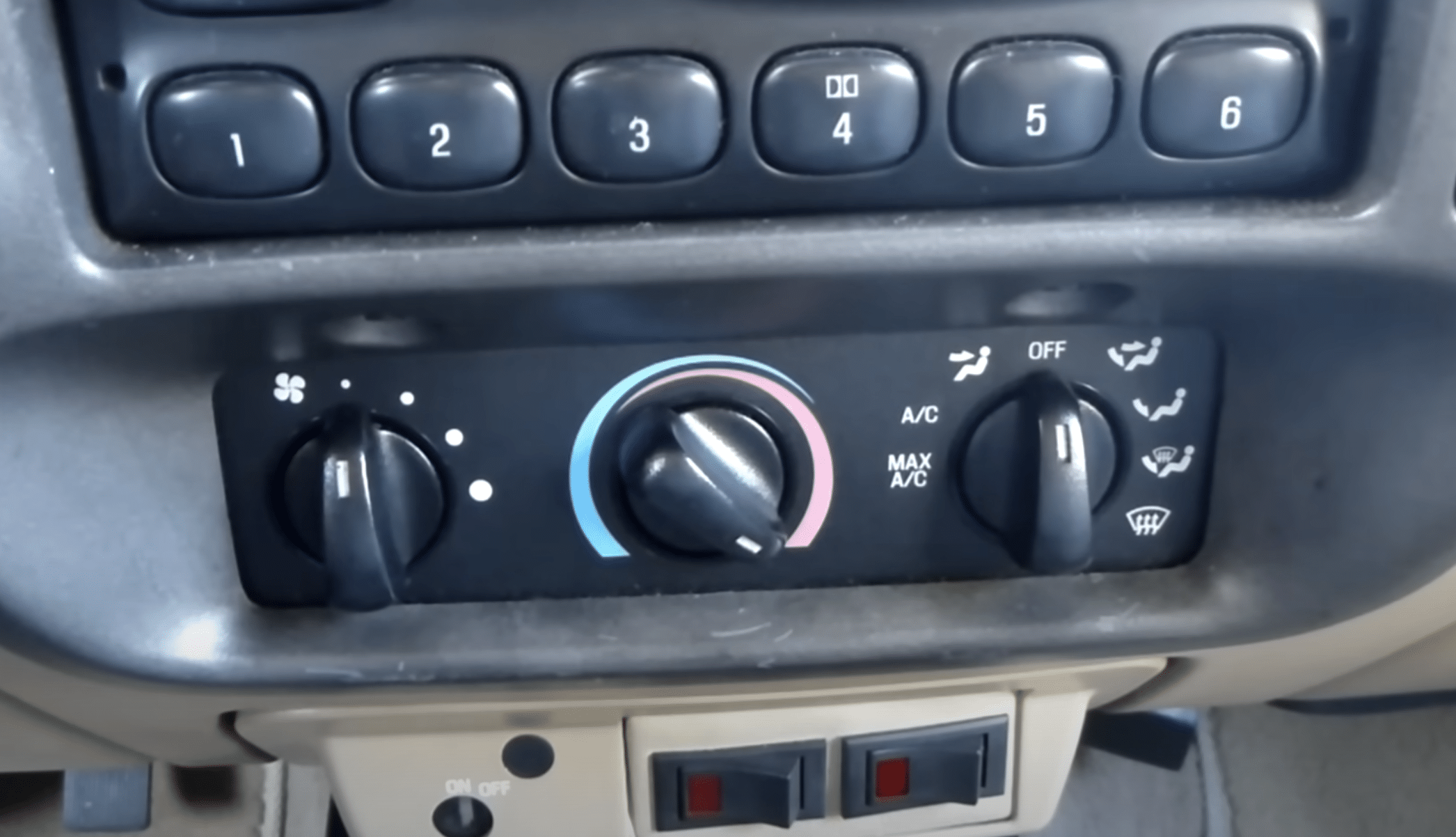
Utilizing your car’s heating system is one of the most effective ways to remove ice from your windshield.
Start by turning on your vehicle and setting the temperature to high heat.
Adjust the vents to point directly at the windshield, allowing the warm air to blow onto the icy surface.
As your car’s interior begins to warm up, the ice will start to melt and loosen its grip on the glass.
This process may take a few minutes, but it’s a reliable method that requires minimal effort on your part.
Remember that while this technique works, you can use an ice scraper to help speed up the process by gently removing loose ice.
2. Chill Out with the AC
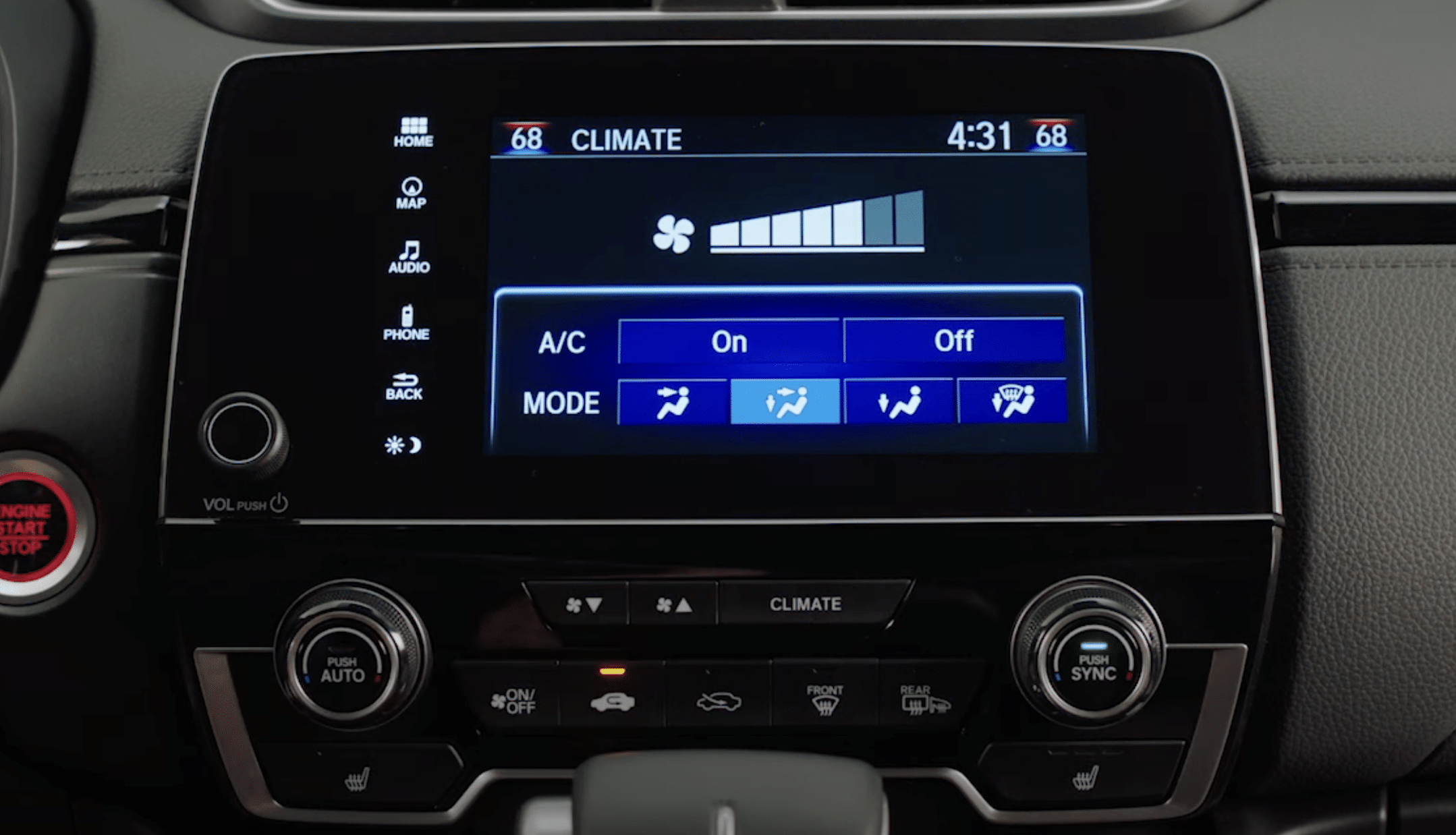
Believe it or not, your car’s air conditioning system can also help remove ice from your windshield.
Start by turning on your vehicle and setting the AC to its coldest temperature.
Then, direct the vents toward the windshield, allowing the cold, dry air to blow onto the icy surface.
The low humidity of the air produced by the AC will help absorb moisture and accelerate the melting process.
This method works particularly well when combined with the heating technique mentioned above, as the alternating warm and cold air will cause the ice to contract and expand, making it easier to remove.
Just keep an eye on the temperature inside your car to avoid getting too chilly!
3. Let in Fresh Air
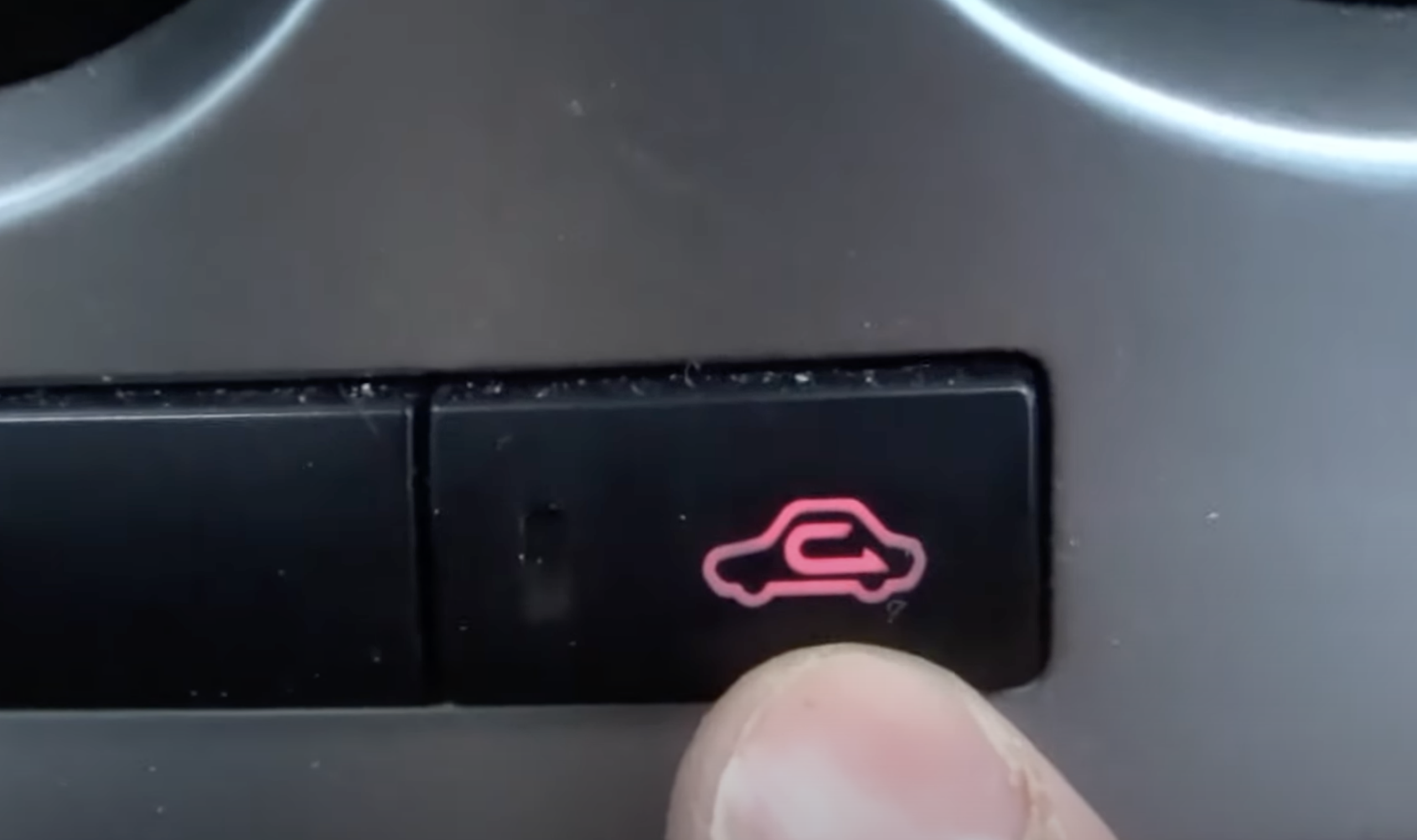
Opening your windows and trying to remove ice from your windshield may seem counterintuitive, but it can actually be quite effective.
As you use your car’s defroster to melt the ice, crack your windows slightly to allow fresh air to circulate.
This will help release any moist air that has accumulated inside your vehicle, preventing fog from forming on the interior of your windshield.
By reducing condensation, you’ll be able to maintain better visibility once the ice has melted.
Just be sure not to open your windows too much. You don’t want to let in any additional cold air that could slow down the deicing process.
4. Vinegar Wipe-down

For a more proactive approach to dealing with ice on your windshield, consider wiping it down with a vinegar solution the night before an expected freeze.
Mix three parts white vinegar with one part water in a spray bottle and apply it evenly to your windshield.
The acetic acid in the vinegar will lower the freezing point of water, making it more difficult for ice to form a strong bond with the glass.
In the morning, any accumulated ice will be much easier to remove, saving time and effort.
This method is particularly useful if you park your car outside overnight and want to minimize ice buildup.
5. Blast it with a Hairdryer

If you find yourself without an ice scraper and need to quickly remove ice from your windshield, a hairdryer can be a surprisingly effective tool.
Start by plugging the hairdryer into your car using a power adapter, then set it to its highest heat setting.
Hold the hairdryer close to the icy surface and slowly move it back and forth, allowing the hot air to melt the ice.
Be careful not to hold the hairdryer too close to the glass, as the sudden temperature change could cause it to crack.
This method works best for thinner layers of ice, but it can be a lifesaver when you’re in a pinch and don’t have any other tools.
6. Invest in a De-Icer Spray
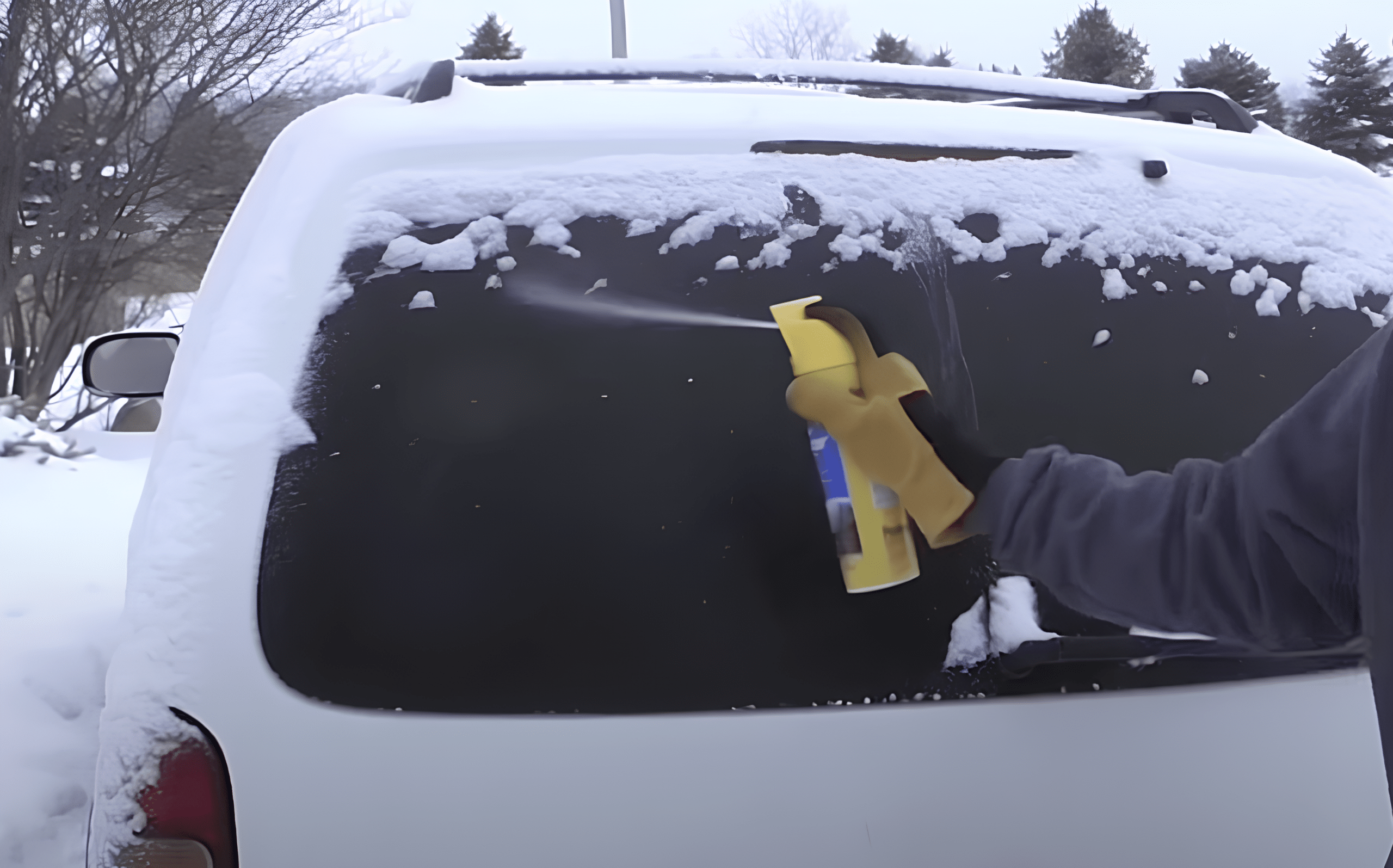
A specially formulated de-icer spray is one of the most convenient ways to remove ice from your windshield.
These products, found at most auto parts stores and gas stations, contain ingredients that help break down ice and prevent it from bonding to your windshield.
To use a de-icer spray, apply it to your windshield the night before or in the morning before you start driving.
The spray will begin to work immediately, making scraping any remaining ice with an ice scraper much easier.
Some de-icer sprays also contain preventative compounds that can help reduce future ice buildup, saving you time and effort in the long run.
7. Opt for Defrost Mode
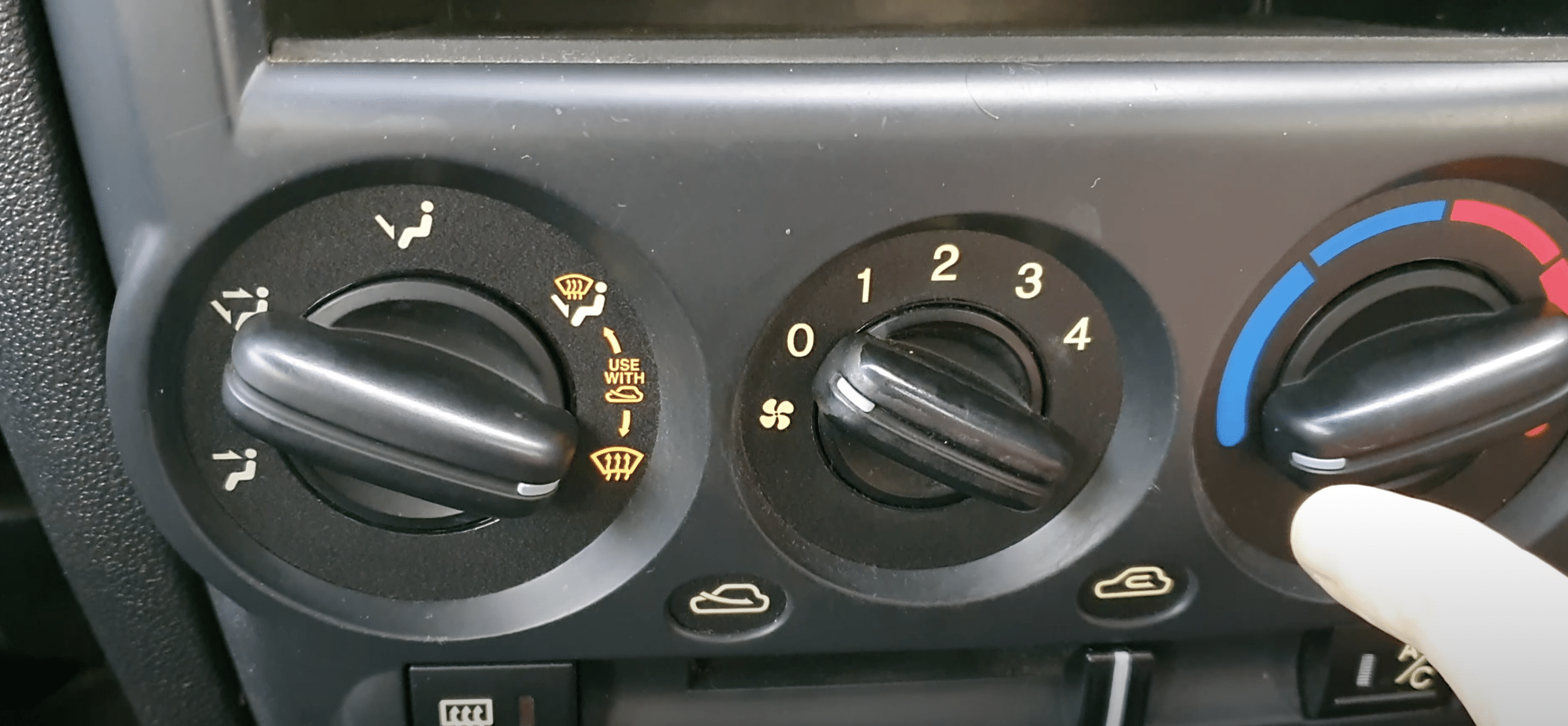
When in doubt, remember that your car’s built-in defrost mode is designed to help remove ice and fog from your windshield.
To use this feature, start your vehicle and set the temperature control to defrost (usually indicated by a windshield icon).
Adjust the fan speed to high, allowing warm air to blow directly onto the windshield.
While this method may take a bit longer than others mentioned above, it’s a reliable way to melt ice and ensure clear visibility.
If you’re in a hurry, consider using the defrost mode in combination with an ice scraper or one of the other techniques for faster results.
8. Keep Your Car Clean
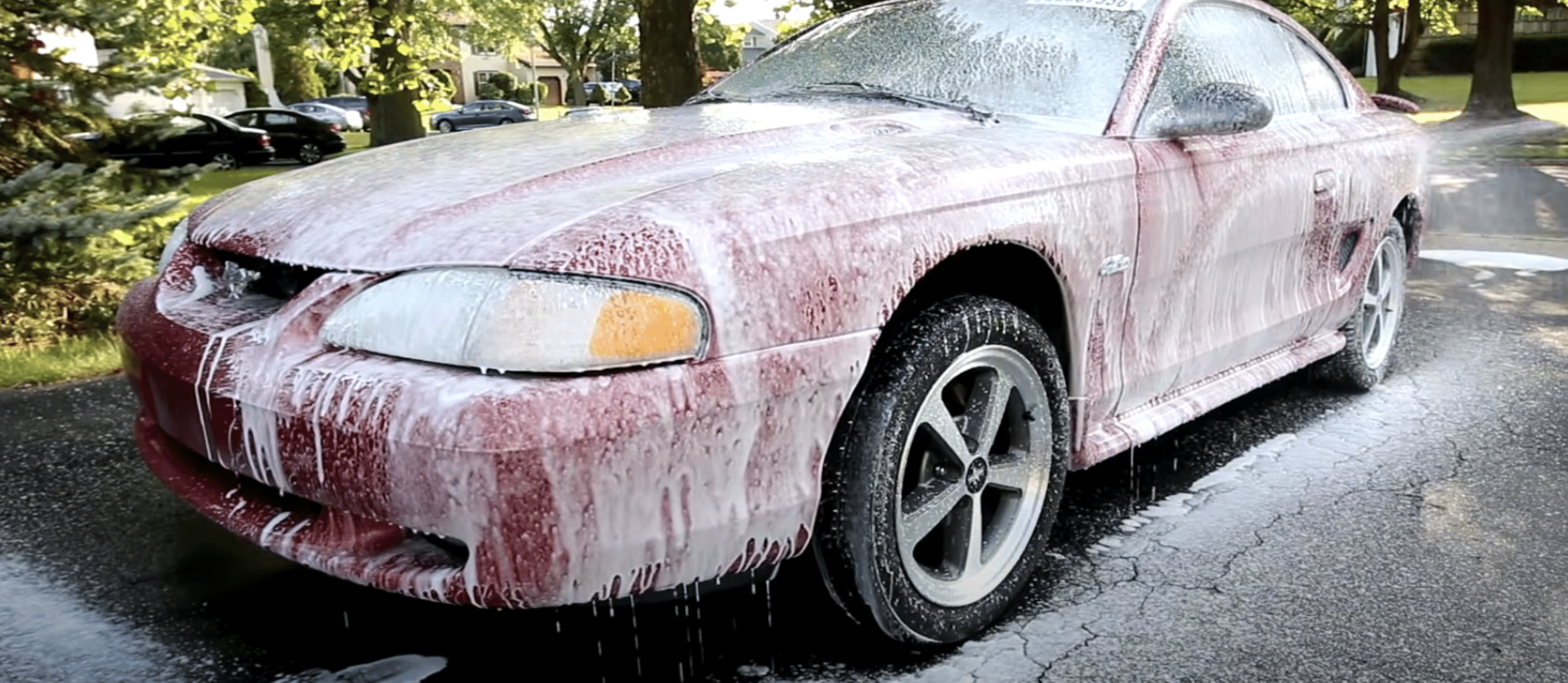
One of the best ways to prevent ice from accumulating on your windshield in the first place is to keep your car clean.
Regularly wash your vehicle, paying special attention to the windshield, to remove any dirt, grime, or debris that could provide a surface for ice to cling to.
When cleaning the interior of your windshield, use a microfiber cloth and a cleaning solution designed for automotive glass to avoid leaving behind any streaks or residue.
Maintaining a clean windshield will allow your car’s defroster to work more efficiently, as it won’t have to melt through a layer of dirt before reaching the ice.
For extra protection, consider applying a water-repellent treatment to your windshield, which will help prevent ice and water from sticking to the glass.
The Consequences of the Ice-Filled Windshield
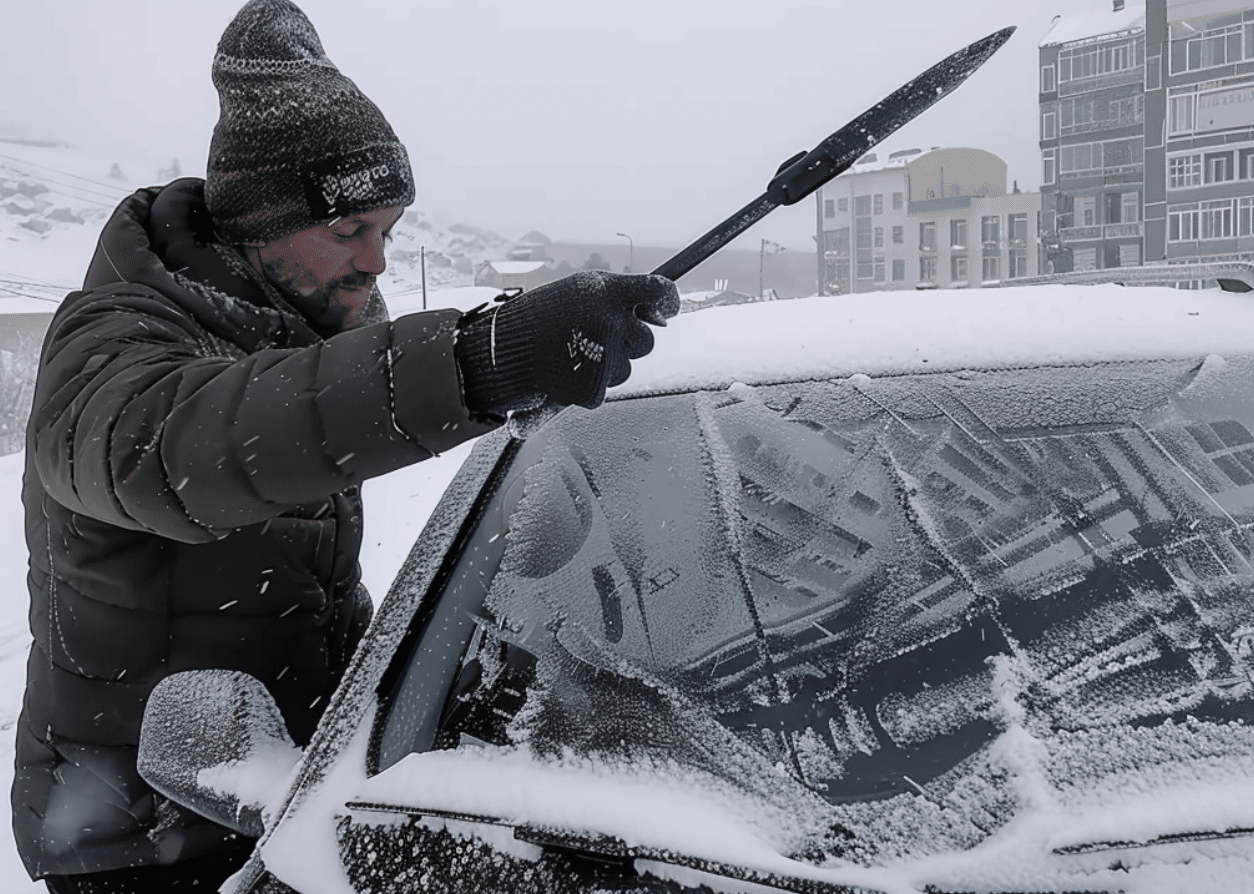
When your windshield is covered in ice, it can lead to a series of problems that inconvenience you and pose significant safety risks.
Ice accumulation can occur overnight or while your car is parked temporarily, making it difficult to clear and see through the glass.
This obstruction can significantly impair your visibility, putting you and others on the road at risk.
Moreover, attempting to remove the ice using improper methods can lead to further complications, such as damaging your windshield or wipers.
A thick layer of ice on your windshield can obstruct your view of the road, making it difficult to navigate safely.
Here’s a closer look at the common issues you may encounter when your windshield is encased in ice:
- Reduced visibility: A thick layer of ice on your windshield can greatly obstruct your view of the road, making it challenging to see other vehicles, pedestrians, and potential hazards. This reduced visibility significantly increases the risk of accidents.
- Difficulty removing ice: Removing a solid sheet from your windshield can be time-consuming and labor-intensive. Without the proper tools or techniques, you may struggle to clear the ice effectively, leading to delays in your daily routine.
- Damage to windshield wipers: Attempting to use your windshield wipers to remove ice can damage the blades or the motor. The added strain on the wipers can cause them to bend, crack, or even break, rendering them ineffective in clearing your windshield.
- Potential windshield damage: Using improper methods to remove ice, such as hot water or metal scrapers, can lead to cracks or chips in your windshield. The sudden temperature change from hot water can cause the glass to expand and contract rapidly, leading to damage. Similarly, using metal scrapers can scratch the surface of the windshield, weakening its structural integrity.
- Incomplete ice removal: Clearing only a small portion of your windshield, such as a peephole, is insufficient for safe driving. Failing to remove ice from the entire windshield can obstruct your peripheral vision, making it difficult to spot potential hazards on the road.
- Delayed travel: The time spent removing ice from your windshield can significantly delay your daily schedule. This can be particularly frustrating when you rush to work, school, or other important appointments.
- Increased risk of accidents: Driving with an ice-covered windshield greatly increases the risk of accidents. The reduced visibility and potential for sudden obstruction of view can lead to collisions, putting yourself and others on the road in danger.
- Legal consequences: Driving with an obstructed windshield is illegal in many regions. If caught driving with an ice-covered windshield, you may face fines or other legal penalties in addition to the safety risks involved.
By understanding the common problems associated with an ice-covered windshield, you can take proactive steps to address them effectively.
Utilizing proper ice removal techniques, allowing adequate time for deicing, and prioritizing safety can help mitigate these issues and ensure a clearer, safer driving experience during the colder months.
Conclusion
Learning to eliminate ice on your windshield is crucial for maintaining visibility, safety, and efficiency during the colder months.
By employing the eight techniques discussed in this article, you can effectively remove ice from your windshield and avoid the common problems associated with an obstructed view.
Whether you harness the heat from your car’s heating system or apply a vinegar solution the night before, there are several ways to tackle the ice issue on your windshield.
Additionally, investing in a de-icer spray or keeping your car clean can help prevent ice from accumulating.
By mastering these techniques on how to get rid of ice on your windshield, you can confidently navigate the challenges of winter driving and arrive at your destination safely.

